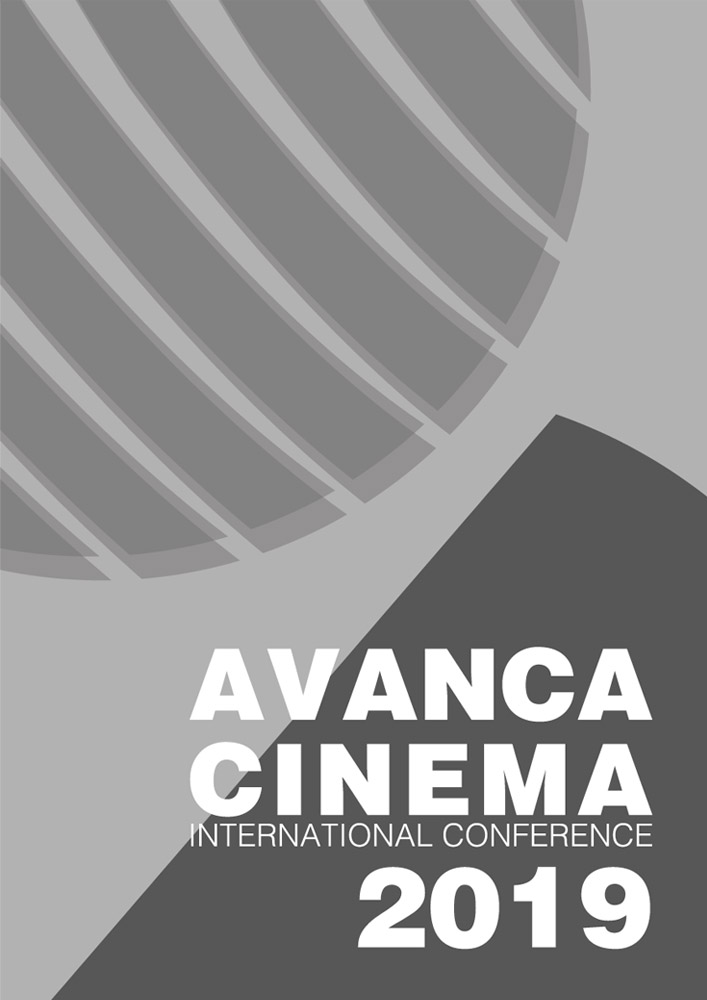Capítulo IV _ Cinema - Tecnologia
O escuro tem sua casa: O retorno à sala de exibição como resposta as novas tecnologias de imersão.
Resumo
In the 1990s and 2000s, directors like Pedro Costa (“Cavalo Dinheiro”, 2014) and Philippe Grandrieux (“Sombre”, 1998) made films that challenged the classic notion of screen as we know it. Diluted images in the darkness that merge with the dark of the movie theater itself. It is possible to say that the projection is not only what is projected, but the 6 sides of a room (walls, floor and ceiling) that compose the immersive experience of contrasted and underexposed images. The compositions of the shots allow empty spaces, especially in the margins, so that a dilution between projection and reality occurs. Later, director Scott Barley (“Sleep Has Her House”, 2017) presented films that can “only” can be seen in dark rooms. Watching one of his movies out of the dark is watching an invisible work. One bias that seems to contrast with the new immersive technologies of virtual reality. An experience that does not need new cameras and equipment - Barley himself uses only one IPhone to make movies. These directors democratized the making of immersive films using just two basic and essential concepts of cinema: light and shadow. The immersion now can be really made with a cell phone and creativity. Exploring the trend of films that claim the return of the dark room is our proposal. A cinema that tends to the classical conditions of exhibition, but in which is very innovative and with capacity similar to those of the new technologies that try to expand seventh art.

Este trabalho encontra-se publicado com a Licença Internacional Creative Commons Atribuição 4.0.

